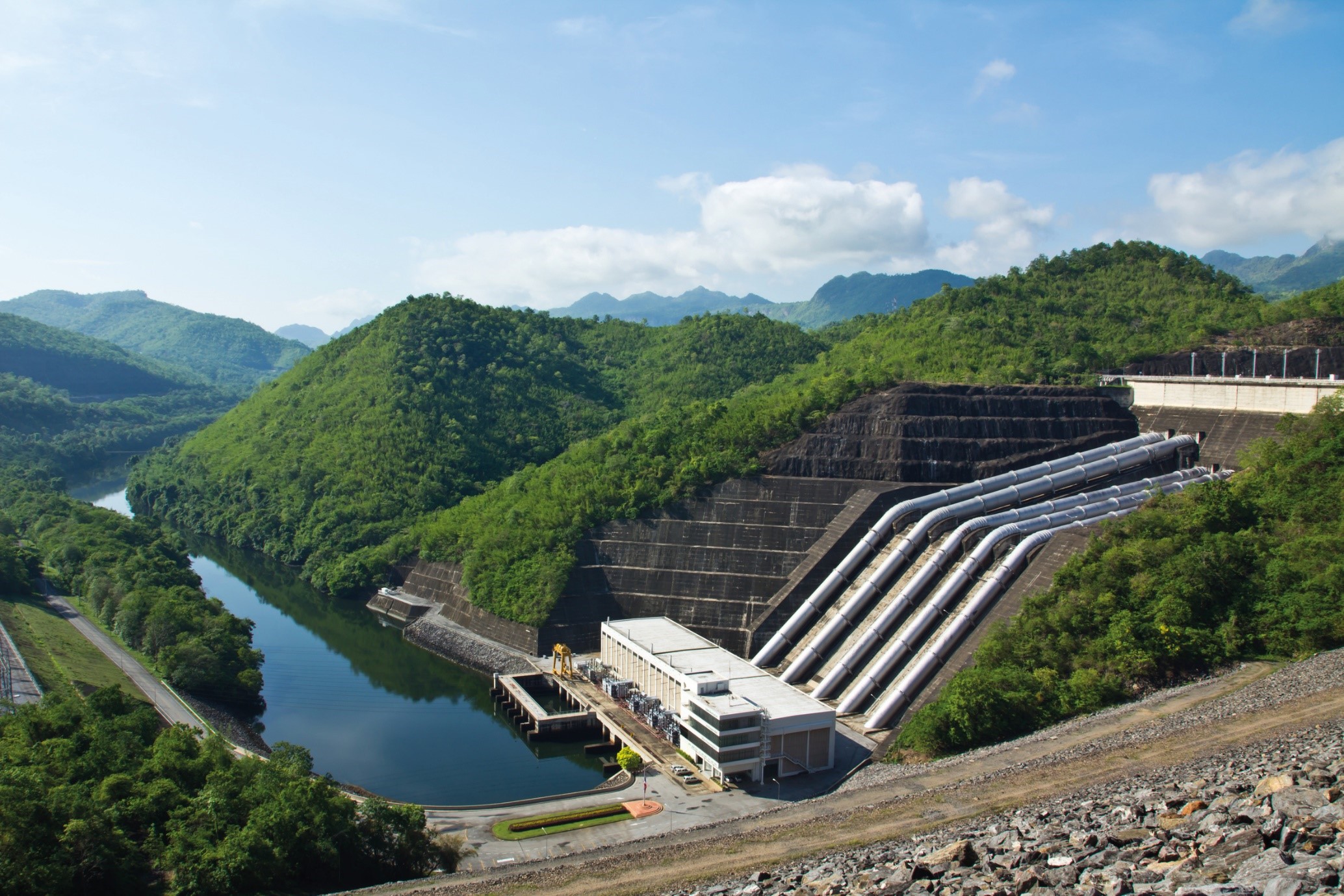Evaluation of the water supply potential of nature-based and reservoir-based drought adaptation measures under climate change scenarios for a rural catchment in South-east Brazil
Main Article Content
Abstract
Rural and unregulated catchments can be extremely affected by droughts due their lack of storage capacity and dependence on rainfed agricultural production. In 2014/2015 the Muriaé catchment in South-East Brazil suffered severe drought impacts. In this study we evaluated two adaptation measures representing conventional grey infrastructure and a nature-based solution. Using the rainfall-runoff model WEAP the effect of reservoir construction and widespread implementation of silvopasture on streamflow in the catchment was simulated using climate change projections for the RCP 2.6 and 8.5 emission scenarios. The results propose higher precipitation and lower temperature for the 2.6 scenario. Yet, for the 8.5 scenario droughts are expected to be more severe, still the modeled reservoir volume was sufficient to maintain the 90 percentile flow (Q90) during most of the modeled droughts. Instead, the implementation of silvopasture only increased streamflow leaving the catchment with a maximum of 4%, but also decreased streamflow peaks during the high streamflow flooding season.
Article Details
Issue
Section

This work is licensed under a Creative Commons Attribution-NonCommercial-NoDerivatives 4.0 International License.

